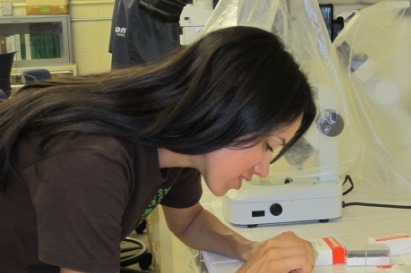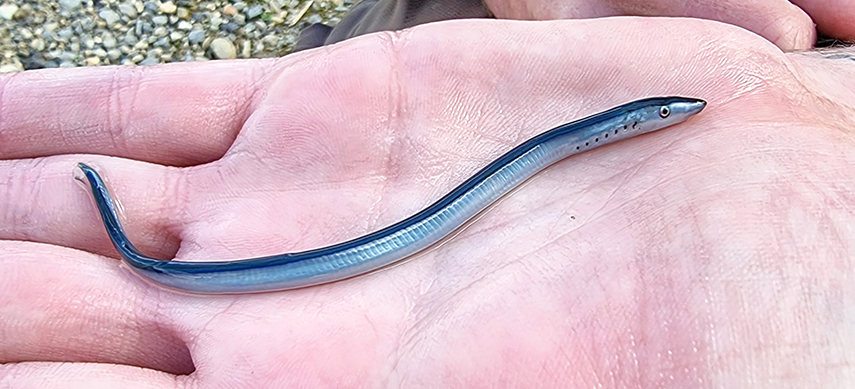 Last year Allison submitted her thesis, and having gone through her research defence she has been able to see all her hard work paying off by having her doctoral thesis graded as “Exceptional” by the University of Otago, a feat only a few thesis a year get to have!
Last year Allison submitted her thesis, and having gone through her research defence she has been able to see all her hard work paying off by having her doctoral thesis graded as “Exceptional” by the University of Otago, a feat only a few thesis a year get to have!
Congratulations, Allison, very well deserved!!

Allison received her undergraduate degree (B.Sc.) from the University of California San Diego and her master’s (M.Sc.) degree from the University of Guam. Afterwards, she practiced natural resource management as a biological technician with the US National Park Service. Her interests include ecology, evolution, fisheries, and coral reef biology.
As a PhD student, Allison will utilize genotyping by sequencing (GBS) methods to better understand the taxonomy, viability, and health of New Zealand lamprey (Geotria australis) populations. The New Zealand lamprey (aka kanakana) is a customary fishery and her research will fill multiple key knowledge gaps while providing insight on ways to restore and enhance kanakana populations around New Zealand.

Allison works in collaboration with Dr. Jane Kitson and other lamprey kaitiaki (guardians) from across Aotearoa New Zealand. She also works with National Institute of Water and Atmospheric Research (NIWA) Principal Scientist of Freshwater Fish Dr. Cindy Baker and multiple international scientists, managers, and kaitiaki. She is supervised by Professor Neil Gemmell and Dr. Alana Alexander at the University of Otago.
You can help Allison and her research on kanakana through two Citizen Science Projects she is running! Do you, or others you know, spend time near rivers or streams? If yes, there are two citizen science projects you might be able to contribute to! Citizen science projects are activities sponsored by a wide variety of organizations so non-scientists can meaningfully contribute to scientific research. In Allison’s case, sightings of kanakana around the country are valuable pieces of information!
Lamps_for_champs is a site for collecting vital Southern Hemisphere kanakana distribution data. Where are kanakana found in the Southern Hemisphere? iNaturalist Lamps_for_champs citizen scientists are asked to “Add an Observation” about a kanakana they find in the wild to help answer this question.
Allongside this project, FISHYbites is another citizens science project for collecting much-needed information about the health and feeding preferences of Southern Hemisphere fishes. Have you see something FISHY in your backyard stream? For example, an odd bite mark on a fish, or red markings on a kanakana? This could be a lamprey bite or Lamprey Reddening Syndrome. FISHYbites citizen scientists are asked to keep a look out for these marks on fishes and lampreys and to “log the bite” if they see them.
Information on these projects will be used by natural resource managers to improve their management strategies and better protect the species. This protection is particularly important now, since kanakana numbers are decreasing due to habit alteration, disease, and climate change.
Read more about this curious creature and the work we are doing on it here: https://blog.theaga.org/behind-the-science-lessons-from-lamprey/
Contact Details
allison.miller@postgrad.otago.ac.nz